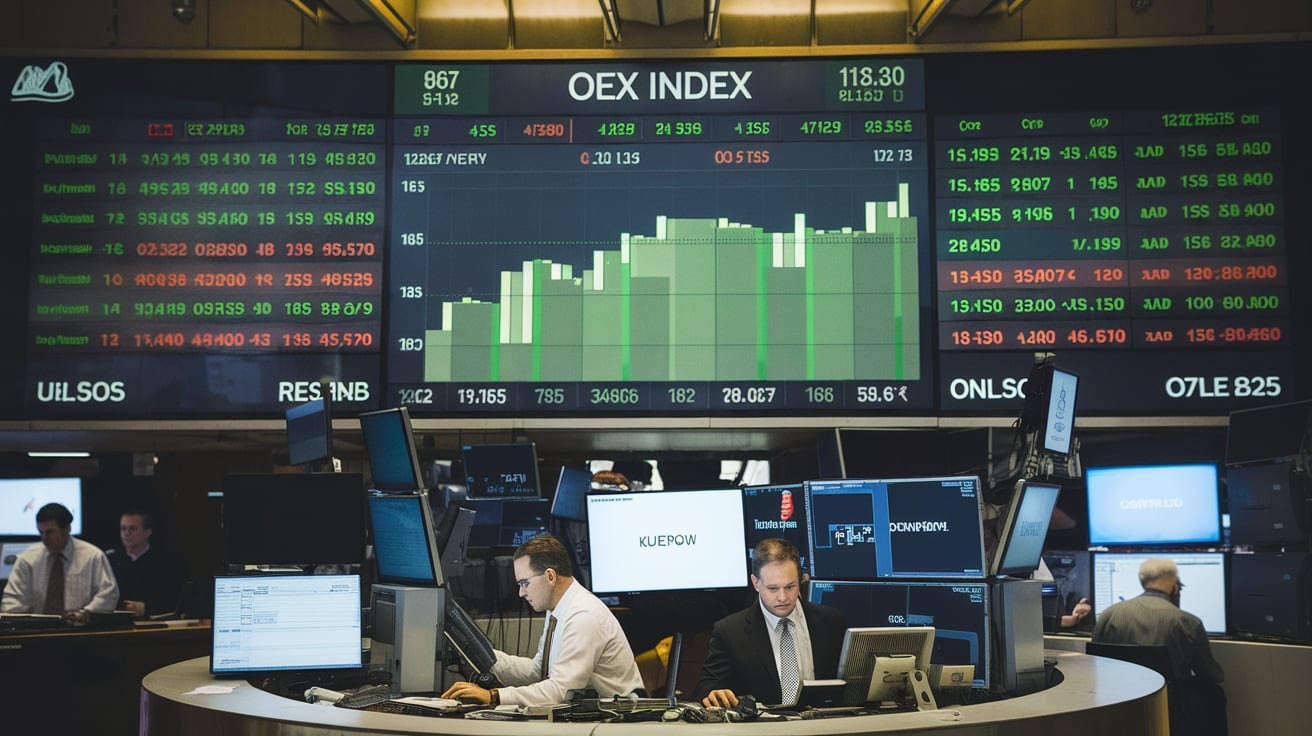
In finance and trading, trends shift rapidly, and markets evolve continuously. One such phenomenon that has raised eyebrows in the investment community is the decline in trading activity in the OEX or the S&P 100 Index. Many are asking, “How Come No One Trades OEX Anymore?” Understanding this trend requires a deeper look into the factors influencing trading practices, changes in market structure, and the evolution of investor preferences.
The Historical Context of OEX Trading
To understand why the question “How Come No One Trades OEX Anymore?is widespread, it is important to examine its past. The OEX index was introduced in 1983, including 100and. It includes the S. stock of most established companies. For many ye in the US stock marketars, it served as a popular choice for options trading and hedging strategies, allowing investors to gain exposure to some of the most significant players in the market. During its heyday, the OEX options market was robust, attracting traders who sought to capitalize on the movements of major stocks.
However, as the market has evolved, so have trading preferences and strategies. As technology advanced, trading platforms became more accessible, and traders started looking for more dynamic and diverse portfolio options. This evolution in trading culture has contributed to the decline in OEX trading activity, leading many to wonder, “How Come No One Trades OEX Anymore?”
The Rise of Alternative Indices
One critical reason behind the question “How Come No One Trades OEX Anymore?” is the rise of alternative indices and products. Traders now have access to various indices that offer similar benefits but may provide better liquidity or more attractive trading conditions. The introduction of the SPDR S&P 500 ETF (SPY) and other exchange-traded funds (ETFs) has drawn many traders away from OEX options. These newer products often feature lower costs, greater flexibility, and more diverse investment opportunities.
For instance, the SPY, one of the most traded ETFs worldwide, mimics the performance of the S&P 500.. With its high liquidity and broad market exposure, many traders find it more appealing than trading the OEX index, which may explain the dwindling interest in OEX options. This trend raises further questions about why many ask, “How Come No One Trades OEX Anymore?”
Changes in Market Structure
The question of “How Come No One Trades OEX Anymore?” also relates to changes in market structure. In recent years, the financial markets have seen significant regulatory changes that have reshaped trading environments. Introducing high-frequency trading (HFT) and algorithmic trading has changed how traders operate. These new trading methodologies often favor quick, high-volume trades and can overlook the OEX in favor of more active trading instruments.
Additionally, the increased Availability of data and sophisticated trading tools has empowered retail traders to explore strategies beyond traditional trading options. This shift in focus toward more modern trading techniques has left the OEX trading scene in the background, contributing to the persistent question of “How Come No One Trades OEX Anymore?”
Market Sentiment and Investor Behavior
Market sentiment plays a crucial role in trading decisions, and this aspect cannot be overlooked when discussing “How Come No One Trades OEX Anymore?” The OEX index, reflecting only a subset of large-cap stocks, may not align with current investor sentiment, especially when the focus is shifting toward tech stocks and growth companies. Traders are drawn to sectors showing higher volatility and potential for greater returns, leading to less interest in the more stable but less exciting OEX.
As more traders gravitate toward sectors that provide immediate rewards, the allure of trading OEX diminishes. As sentiments change, Trends drive the market, as do trends and g star trends. Therefore, the question remains: “How Come No One Trades OEX Anymore?”
Education and Accessibility
The landscape of trading education and access to information has changed dramatically over the years. More traders today are entering the market, focusing on newer products and strategies, often learning about the latest trends through online courses and social media platforms. This educational shift means traditional instruments, like OEX options, may not be prioritized in training programs. Therefore, new traders may ask, “How Come No One Trades OEX Anymore?only because they are unaware of its possible advantages..
The democratization of trading information has led to the rise of retail investors, who are more likely to engage with popular, well-promoted trading instruments rather than stick with established products like OEX. Consequently, the query, “Why Doesn’t Anyone Trade OEX Anymore?” resonates with many in the trading community.
Conclusion: The Future of OEX Trading
In conclusion, the query “Why Doesn’t Anyone Trade OEX Anymore?” illustrates how volatile the trading industry is. Changes in market structure, the rise of alternative products, evolving investor preferences, and a shift in educational focus have all contributed to the decline of OEX trading. While OEX options hold value for specific strategies, their role in the broader trading ecosystem has diminished.
As markets continue to evolve, it will be interesting to see if there will be a resurgence of interest in OEX trading or if it will remain a relic of the past. Investors and traders should stay adaptable and informed, exploring various options and strategies that align with their goals. Whether you’re a seasoned trader or just starting, understanding these shifts can help you make better-informed decisions and potentially reignite interest in trading OEXtion around “How Come No One Trades OEX Anymore?” may continue as the trading landscape evolves.


